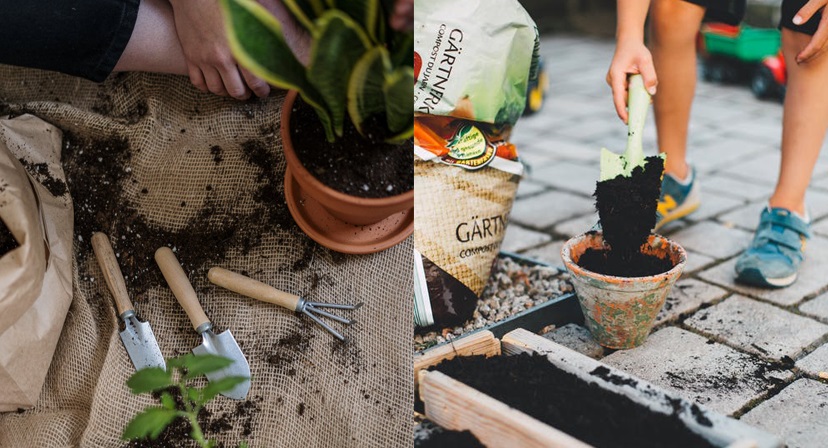
The massive fires wreaking havoc across the Southland have many residents worried about lung damage from the smoke and ash. But another area of growing concern lies just outside your door: the flowers, fruits, vegetables and other plants growing in backyard gardens, which can also be harmed by wildfire smoke.
John Lampasona Jr., owner of New Image Landscaping and Tree Service since 2008, offers some helpful and surprising insights into the problem, noting that there might actually be upsides to the environmental mess homeowners are dealing with.
“The ash and smoke from wildfires can affect plants in both negative and positive ways,” he says. “For instance, small particles can clog the plant’s tiny pores or stomata, which allow the plant to absorb carbon dioxide and other gases from the atmosphere and release oxygen. Prolonged blockage can suffocate the plant. Some studies also show that even short-term exposure to smoke destroys chlorophyll in plants, which reduces their ability to carry out photosynthesis by as much as 50 percent.”
Plants can manifest damage from smoke and ash exposure by appearing stressed, weakened, wilted and washed out. Yet smoke can also be beneficial, by reducing the intensity of sunlight, which helps prevent heat stress and sun scald.
Smoke also diffuses light so sunlight hits plants from different angles, allowing lower leaves to capture more sunlight and use it more efficiently.
There are also plants that actually need smoke to start germinating, because ash is made of nitrogen, phosphorus, potassium, calcium, magnesium and sulfur–all organic matter and nutrients that plants require.
Still, Pasadena homeowners should carefully monitor their gardens. “The closer to the fires, the more negative effects you might notice because the fires also impact soil structure, which determines how much water the land can hold, and this can sometimes lead to soil that is too coarse and porous to sustain life and lead to erosion,” notes Lampasona.
Here are Lampasona’s tips for pampering your garden:
• Don’t use a leaf blower to clean up plants or your garden; just a gentle spray of water from a hose will work to move ash toward ornamental landscape areas, like turf grass and shrubs, and away from edible plants. Wear a face covering while doing this and wash your hands afterwards; avoid tracking ash into your house on your shoes and clothes.
• Smoke and ash can’t penetrate deeply into the fruit or vegetable, so rinsing well should remove any residue.
• Use your best judgment. If your garden has a heavy layer of ash, was located near a structure fire or you’re at all uncomfortable, throw it onto the compost pile.
• You can check for soil contamination by collecting soil samples from your garden and sending them to a lab. Ask the lab for a heavy metals panel analysis that includes lead, cadmium, arsenic, nickel and mercury. Heavy metal tests typically cost less than $100 per sample. Tests for dioxin and other organic chemicals that may be present in smoke can cost hundreds of dollars per sample. Rule of thumb: If heavy metals are present in your soil, it’s likely other contaminants are also present. However, if you’ve never tested your soil before, there is no metric to tell soil composition before the fire.
• Studies show that adding compost may help repair smoky gardens by increasing soil microbial and fungal populations—they may help break down chemicals like dioxins in soils. That would address low-level contamination, while high phosphorus may help bind lead and cadmium in soil.
• It’s important to remove ash from our homes, yards, streets and businesses to help clean the air and our community.
“We can help prevent wildfires by regularly maintaining your landscape,” says Lampasona. “It’s important to properly prune and trim dead growth from your plants and trees as well as regularly removing large areas of brush, leaf piles and woodpiles from around your home. Property owners can also consider xeriscape designs that help contain fires instead of fueling them by using fire-resistant plants that do well in our area.”












